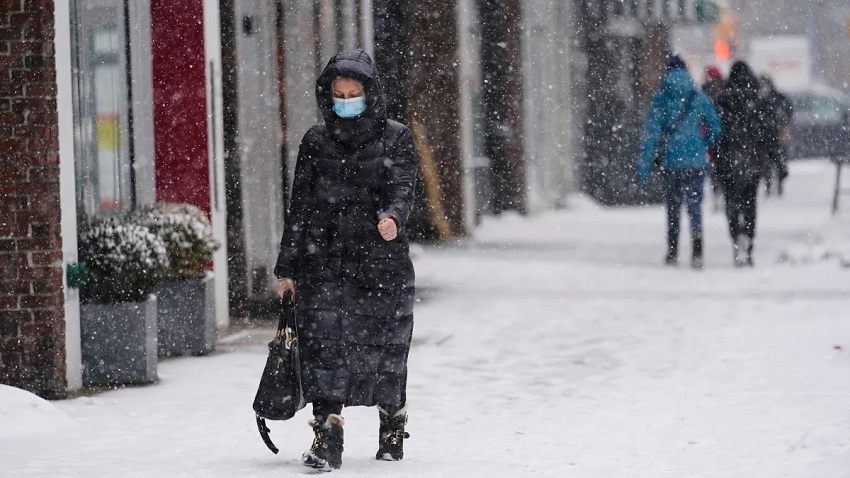Bismarck, ND – As winter sets in across North Dakota, so too does a significant rise in respiratory illnesses, including influenza, COVID-19, and respiratory syncytial virus (RSV). According to recent data from the North Dakota Department of Health and Human Services, the state is seeing a steady increase in cases of these illnesses, with marked jumps in numbers in recent weeks.
Flu cases have been particularly notable. For the week ending December 21, 2024, North Dakota reported 302 confirmed flu cases, a sharp increase of 194 cases compared to the previous week. The majority of these cases are attributed to Influenza A, though other subtypes, including Influenza A 2009 H1N1, Influenza A H3N2, and Influenza B, are also in circulation.
COVID-19 continues to affect the state as well, with 441 new cases reported for the week ending December 21, 2024. This marks an increase of 142 cases from the week prior. While the virus has become less of a dominant concern compared to earlier in the pandemic, the uptick in cases suggests it is still a health concern for North Dakotans, particularly with the colder months encouraging more indoor gatherings.
Respiratory syncytial virus (RSV) is another illness contributing to the rising case numbers. With 40 cases reported for the week ending December 28, 2024, the state saw an increase of 18 cases from the previous week. Though RSV typically causes mild, cold-like symptoms in most people, it can be particularly dangerous for infants and older adults, who may experience severe complications requiring hospitalization.
The overall trend of rising cases of these respiratory illnesses has been evident for several months. However, recent weeks have seen more substantial increases in cases, prompting health officials to urge residents to take preventative measures.
Health experts strongly recommend vaccination for both flu and COVID-19 to help reduce the severity of these illnesses. Vaccination, they note, remains one of the best ways to protect against potentially severe outcomes from the flu, COVID-19, and other respiratory viruses circulating in the state this winter season.


